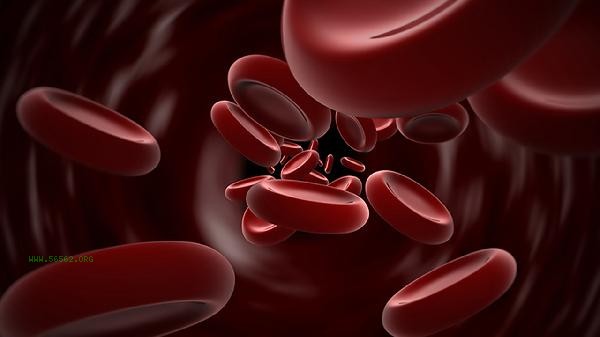The absolute value of eosinophils at 0.09 × 10 ⁹/L is mildly elevated, and in most cases, it is related to allergic reactions, inflammation, or mild abnormalities in the blood system. The main influencing factors include allergic rhinitis, chronic inflammation, drug reactions, abnormal bone marrow proliferation, and rare blood diseases.

1. Allergic reactions:
Allergic rhinitis, asthma, or food allergies may lead to mild elevation of eosinophils. This type of situation is usually accompanied by symptoms such as skin itching and sneezing, and the cause can be determined through allergen testing. The treatment mainly involves antihistamines such as loratadine and cetirizine. 2. Chronic inflammation: Inflammatory diseases such as rheumatoid arthritis and chronic gastritis may stimulate the release of eosinophils from the bone marrow. These patients often have joint swelling and pain or stomach discomfort, and require auxiliary diagnosis through inflammatory indicators such as C-reactive protein. After controlling the primary disease, many indicators can return to normal.
3. Drug effects:
Penicillin and cephalosporin antibiotics may cause transient eosinophilia. Usually, it will recover on its own within 1-2 weeks after discontinuation of medication, and changes in blood routine should be monitored during this period. If combined with rash and fever, be alert to drug allergies.
4. Bone marrow abnormalities:

Early stages of myelodysplastic syndrome may present as mild abnormalities in individual cells. It is necessary to make a comprehensive judgment based on indicators such as hemoglobin and platelets, and perform bone marrow puncture examination if necessary. This type of situation requires follow-up by a hematology specialist.
5. Rare hematological diseases:
Chronic myeloid leukemia and other diseases may lead to a significant increase in eosinophils. But the value of 0.09 × 10 ⁹/L is far below the diagnostic criteria, so there is usually no need to worry excessively. If it continues to rise with splenomegaly, further investigation is needed.
It is recommended to maintain a regular schedule and avoid contact with known allergens. Adding foods rich in vitamin B6, such as bananas and salmon, to daily diet can help regulate immunity. Moderate aerobic exercise such as brisk walking and swimming, 3-4 times a week for 30 minutes each time. If the indicators remain abnormal or symptoms such as weight loss and bone pain occur, it is necessary to promptly recheck the blood routine and complete the peripheral blood smear examination. Pregnant women or long-term medication users should monitor changes in blood indicators every 3 months.









Comments (0)
Leave a Comment
No comments yet
Be the first to share your thoughts!